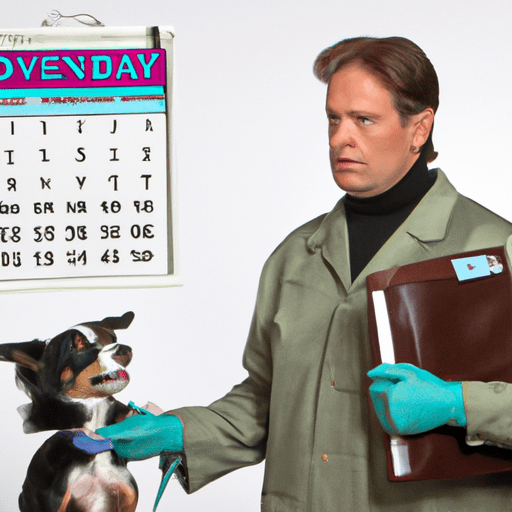“`markdown
How Often Do Dogs Need Their Anal Glands Expressed?
1. Understanding Your Dog’s Anal Glands
As a loving and attentive caregiver, you might not have thought that your dog’s anal glands would become a topic of interest. But believe it or not, these small, scent-filled sacs play a crucial role in your pet’s health. Situated on either side of your dog’s rectum, these glands produce a potent secretion that dogs use for marking territory and other forms of communication. Sometimes, these glands can become impacted or infected, leading to discomfort and potential health problems.
2. Signs Your Dog Needs Anal Gland Expression
Now, you might be wondering, “How can I tell if my dog needs his anal glands expressed?” Watch for these signs:
- Scooting: Your dog drags its rear end across the floor.
- Licking or biting: Excessive attention to the anal area.
- Chasing their tail: This can be another sign of discomfort.
- Changes in stool: Particularly if it’s softer than usual.
- Swelling: Around the anus, indicating possible infection.
If you notice these behaviors, it’s time to consult your vet.
3. How Often Should You Express Your Dog’s Anal Glands?
The frequency of anal gland expressions can vary based on several factors:
| Breed Size | Typical Frequency |
|---|---|
| Small Breeds | Monthly |
| Medium Breeds | Every 2-3 Months |
| Large Breeds | Rarely, if ever, need expression |
Keep in mind, these are general guidelines and individual needs can vary. Always consult with your vet for personalized advice.
4. How to Express Your Dog’s Anal Glands
Although it’s not the most pleasant task, expressing your dog’s anal glands can be done at home. However, it’s recommended to have this done by a professional — a vet or groomer — to prevent any potential harm to your dog. If you decide to tackle this task yourself, here’s a step-by-step guide:
- Wear gloves for hygiene.
- Apply a warm compress to the anal area.
- Locate the glands.
- Gently squeeze to express the glands.
- Clean the area thoroughly.
Do remember, if you’re not comfortable with this process or if your dog shows signs of pain, consult with a professional immediately.
5. Preventative Measures for Anal Gland Problems
Prevention is always better than cure. Here are some measures you can take to prevent anal gland issues:
- Feed your dog a high-fiber diet.
- Keep your dog active to help maintain regular bowel movements.
- Regular vet check-ups to monitor anal gland health.
Frequently Asked Questions
1. Can diet affect my dog’s anal gland health?
Yes. A diet high in fiber can help create bulkier stools, which can naturally express the anal glands.
2. Can all dogs have their anal glands expressed?
Most dogs can, but it’s not always necessary. Some dogs never need it, while others may need it more frequently. Always consult with your vet.
3. Is expressing anal glands painful for dogs?
If done properly, it should not cause pain. However, if the glands are inflamed or infected, the process can be uncomfortable. If your dog shows signs of distress, stop and consult with your vet.
4. Can I express my dog’s anal glands at home?
You can, but it’s recommended that a vet or groomer do it to avoid potential complications.
“`



